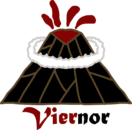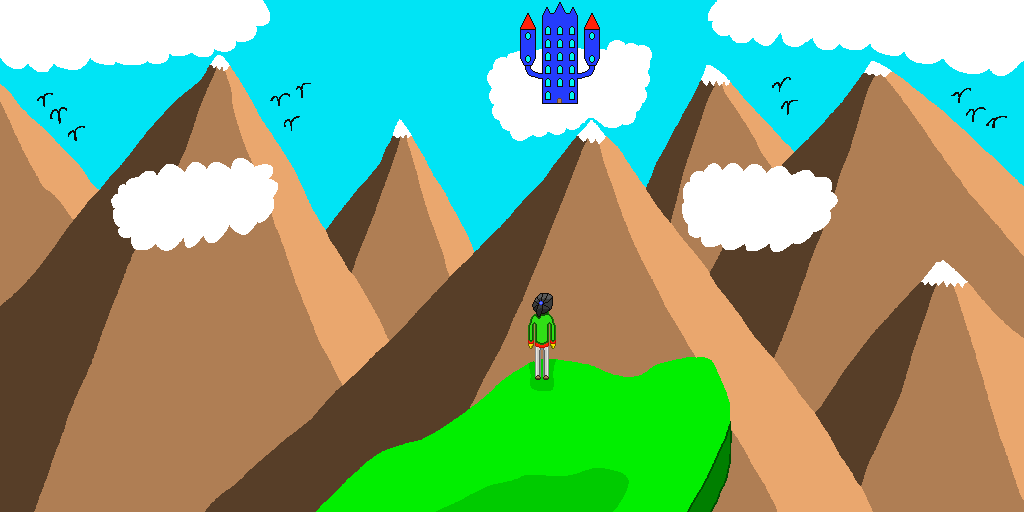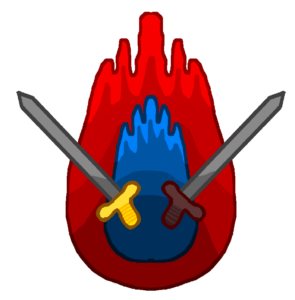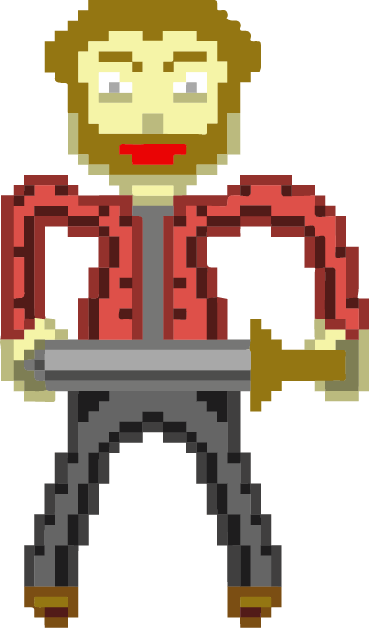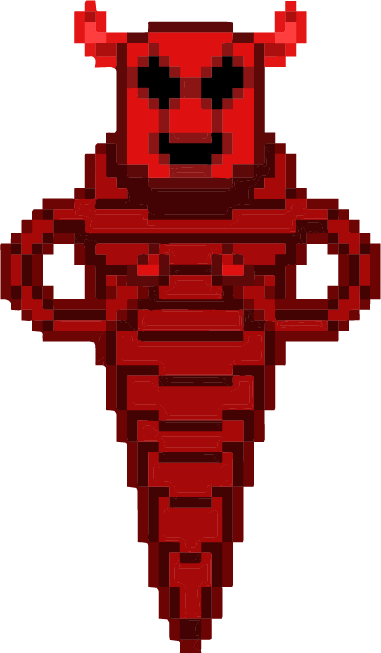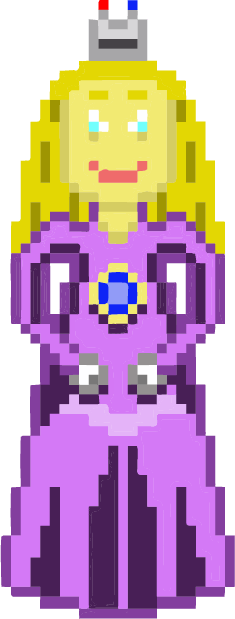Everyone loves a good comeback. The harder the fall, the greater the comeback. The rebirth is the part of the hero’s journey where he claws his way back up from the doldrums of defeat. He recognizes that his mistake cost him everything and vows never to repeat it. He also vows to keep on fighting and not let the villain win.
Having learned his lesson, he seeks to make things right with everyone. As he works to fix his wrongs, he regains the respect of his friends he lost. He eventually reclaims the role of leader, this time wiser than before.
Back at the helm of leader, the hero continues fighting against the forces of darkness as the story careens towards the climax. He works to thwart the enemy, preparing for the confrontation he knows is coming. The villain, discovering that the hero still poses a threat to him, believes he’s the only one capable of stopping him. This causes him to redouble his efforts to destroy the world and eliminate all opposition, setting the two on a collision course.
The collision course paves the way for the hero’s final showdown with the villain, the one that determines the fate of the world. The two fight ferociously and while the antagonist taunts him like before, he detects something in his opponent he hadn’t noticed before, which fills him with fear. He works to maintain the upper hand but it isn’t long until the tables turn.
As the villain begins to lose the fight, desperation sets in. He engages in increasingly dirty tactics to catch the hero off guard but they don’t work. It isn’t long until the hero administers the fatal blow, ridding the world of the villain’s tyranny and returning peace to the world.
Upon returning to his friends, the hero is greeted by cheers. He goes down in history as the savior of the world and yet victory came at a cost. The world is broken and needs rebuilding. He works to help make a better future and to prevent what happened from ever happening again.
The hero winds up marrying the princess or the love interest and he gets his happy ever ever.
